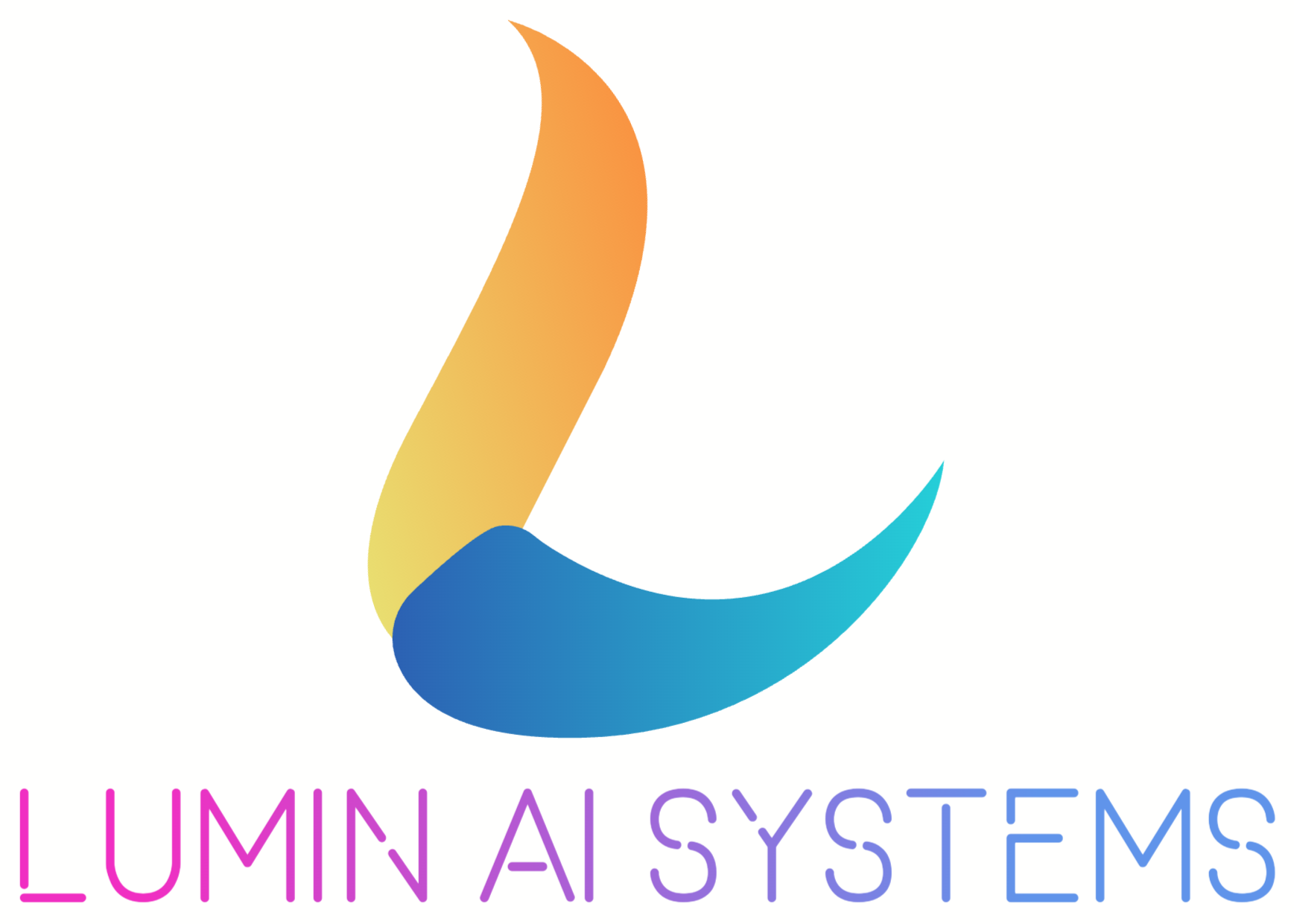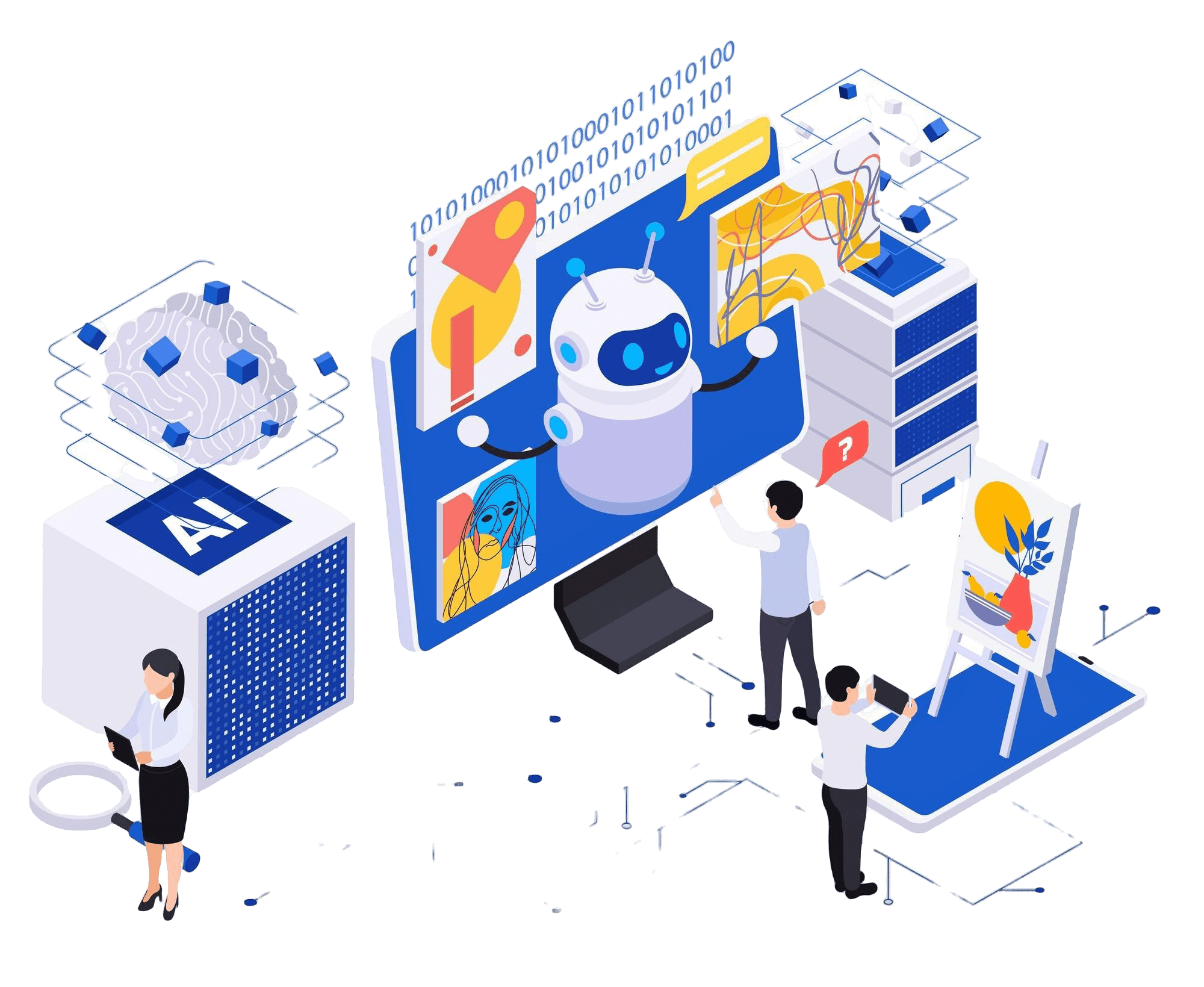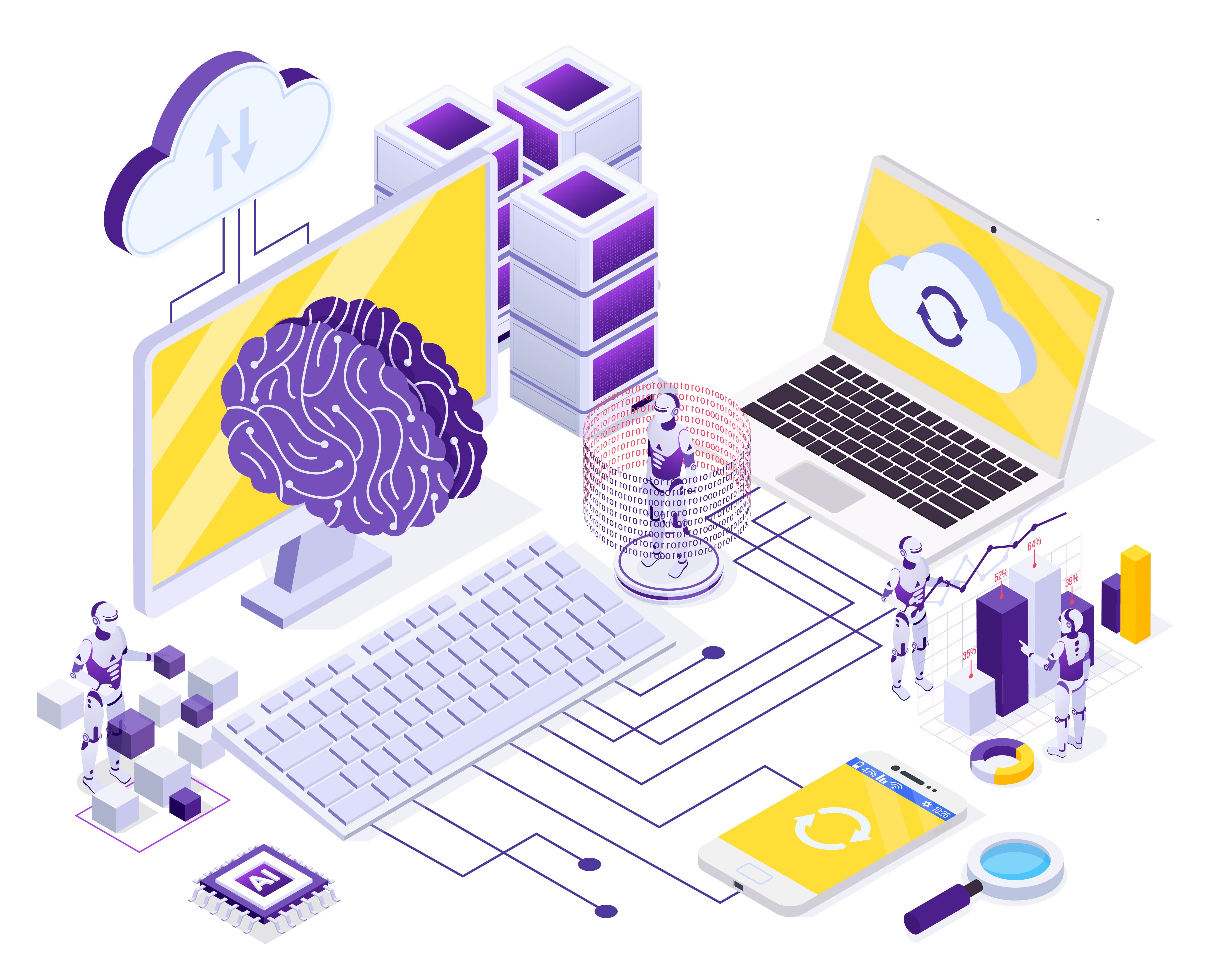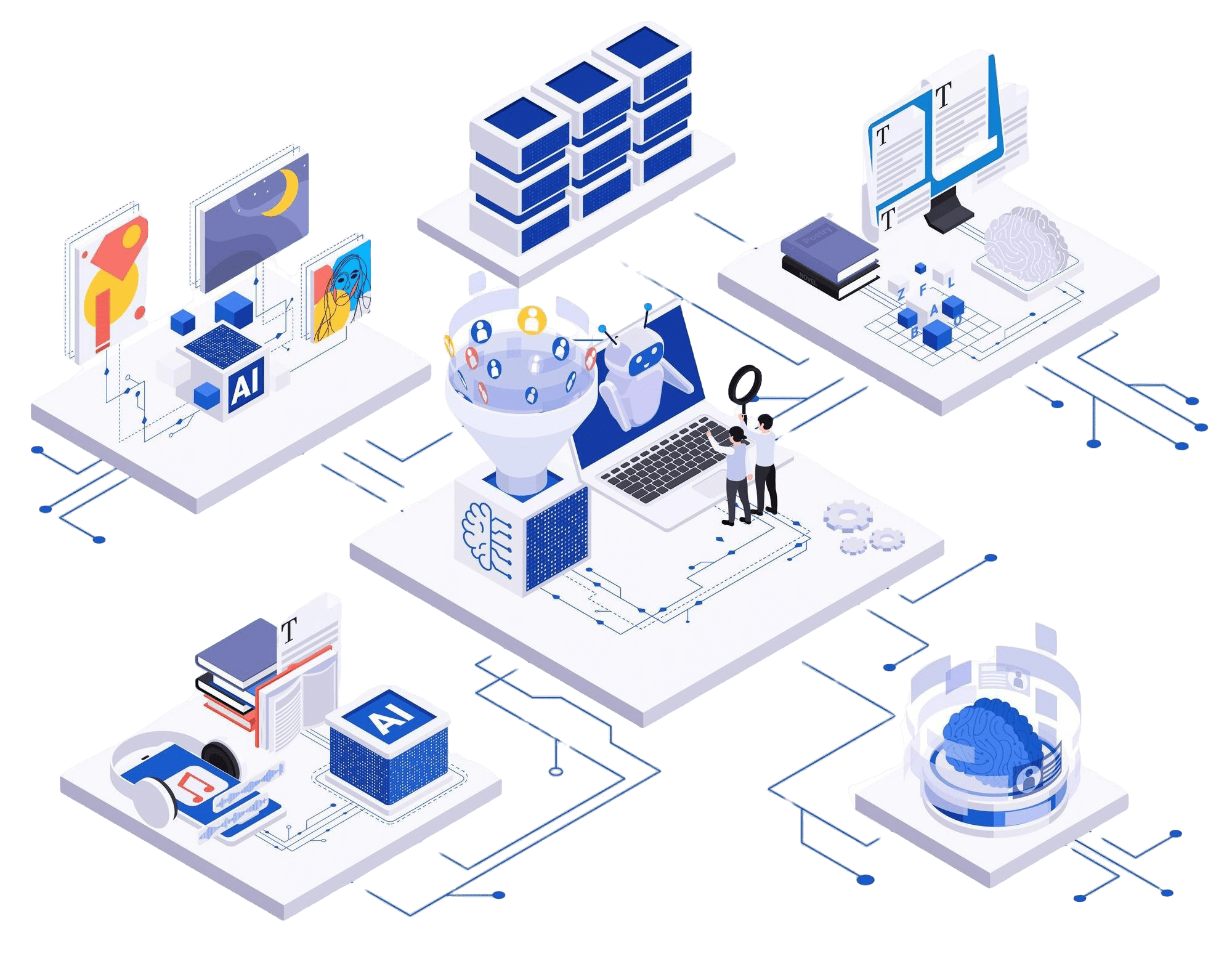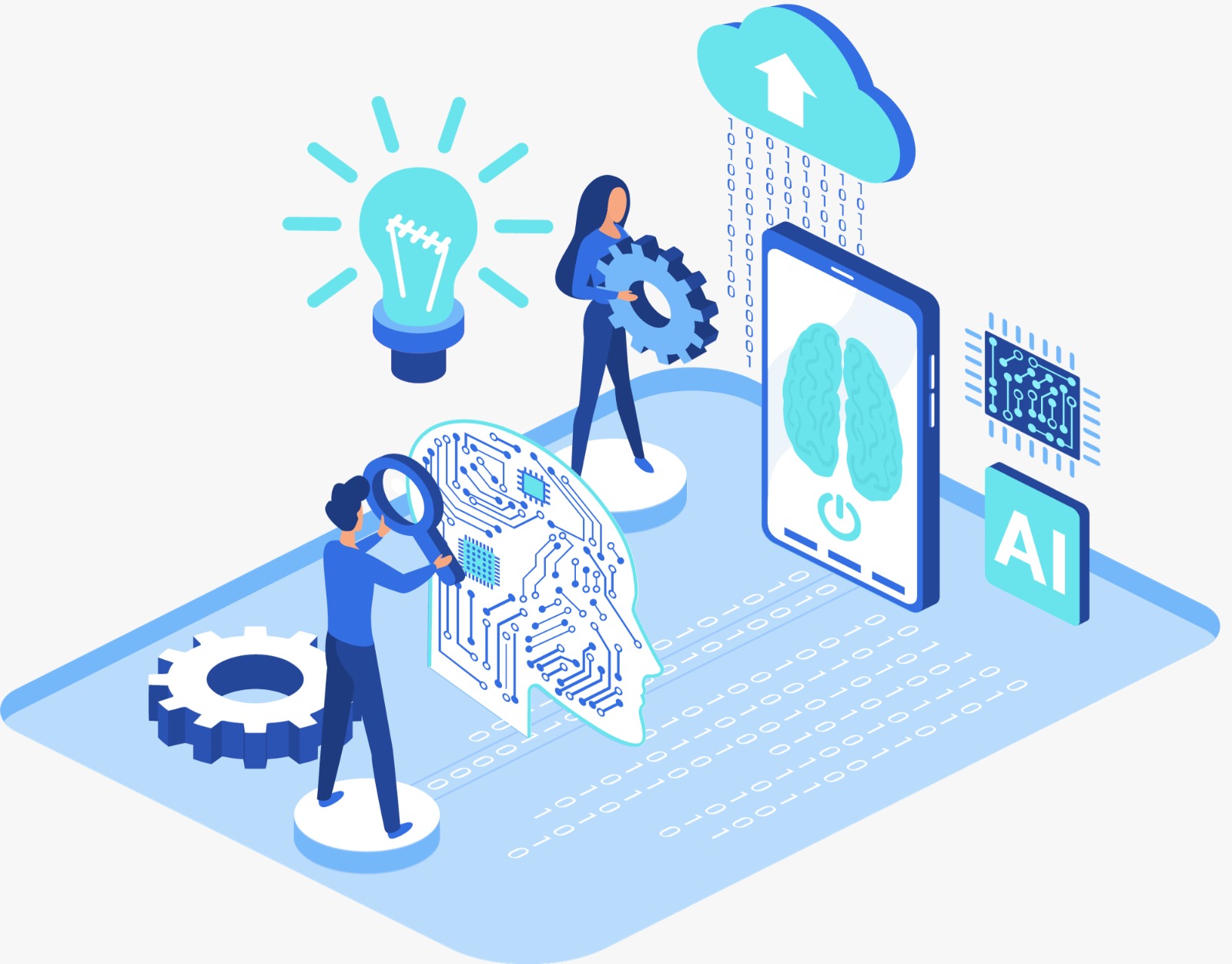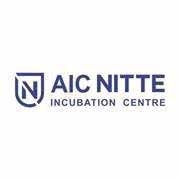What We Do
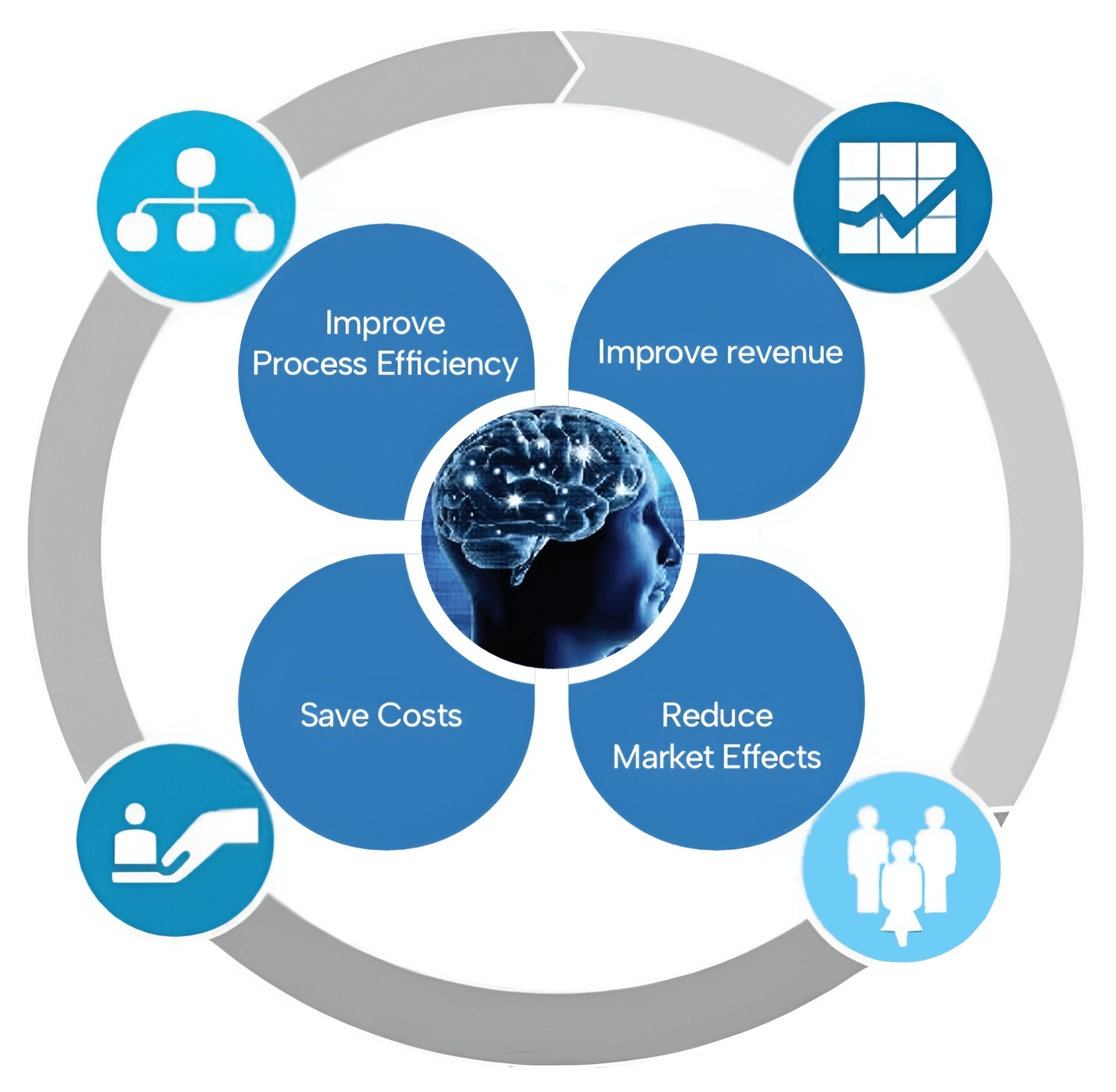
We measure learner efficacy holistically.
At Lumin - We belive in a 360-degree view of learner efficacy
Comprehensive Assessment
Assessing not just technical capabilities but also soft skills, problem-solving abilities, and the application of AI knowledge to real-world circumstances is part of holistic evaluation. It entails a thorough assessment of a learner's progress in the field.
Adaptive Learning
Holistic assessment enables adaptive learning by taking into account the individual learner's progress, strengths, and areas for growth. It enables teachers to personalize training experiences to each learner's particular needs, maximizing programme effectiveness.
Real-World Applicability
When learners can use their knowledge successfully in their job, corporate AI training is most valuable. A comprehensive approach guarantees that training programmes address real-world difficulties and that learners may show their competency in real-world scenarios.
Long-Term Effect
When learners can use their knowledge successfully in their job, corporate AI training is most valuable. A comprehensive approach guarantees that training programmes address real-world difficulties and that learners may show their competency in real-world scenarios.
Constant Improvement
This technique promotes continuous review and improvement of training programmes. Organizations may continually improve their AI training programmes by identifying the strengths and limitations of their learners and the training curriculum.
We track student progress by monitoring their performance on assessments, assignments, and other learning activities. This data helps us to identify students who are struggling and to provide them with targeted support.
We use AI to predict student outcomes, such as grades and course completion rates. This information helps us to identify students who are at risk of falling behind and to provide them with early intervention.
Learn AI in BI: Better decisions, faster
AI is revolutionizing BI, automating tasks, improving accuracy, and providing new insights for better, faster business decisions.
AI can automate time-consuming and repetitive tasks.
AI can enhance BI data accuracy and analysis.
AI can aid BI in discovering unique insights from data.
Who can benefit
Students: AI skills for future careers
Professionals: Advance careers with AI
Organizations: Improve performance with AI
AI: Myths vs. Truths
Learn the true potential of AI for individuals and organizations.
From a learner's perspective:
Myths:
AI is too complex for me to learn.
I need to be a computer scientist to learn AI.
AI is only for big companies.
I need a lot of data to get started with AI.
AI is going to take my job.
Truths::
AI is becoming more accessible and easier to learn every day, with many resources available to help people learn AI, even if they don't have a background in computer science.
AI can be used by businesses of all sizes, and it's becoming increasingly essential for success.
You don't need a lot of data to get started with AI. There are many public datasets available, and you can also start with a small amount of your own data.
AI is not going to take your job. It will automate many tasks, but it will also create new opportunities.
From an organizational perspective:
Myths:
AI is too expensive.
AI is too difficult to implement.
AI is only for large enterprises.
AI is not reliable.
AI is a threat to jobs.
Truths::
AI is becoming more affordable and accessible every day, with many resources available to help organizations implement AI, even if they don't have a lot of experience.
AI can be used by organizations of all sizes, and it's becoming increasingly essential for competitiveness.
AI is becoming more reliable all the time, and there are many ways to mitigate risks.
AI is not going to eliminate jobs. It will automate many tasks, but it will also create new opportunities.
